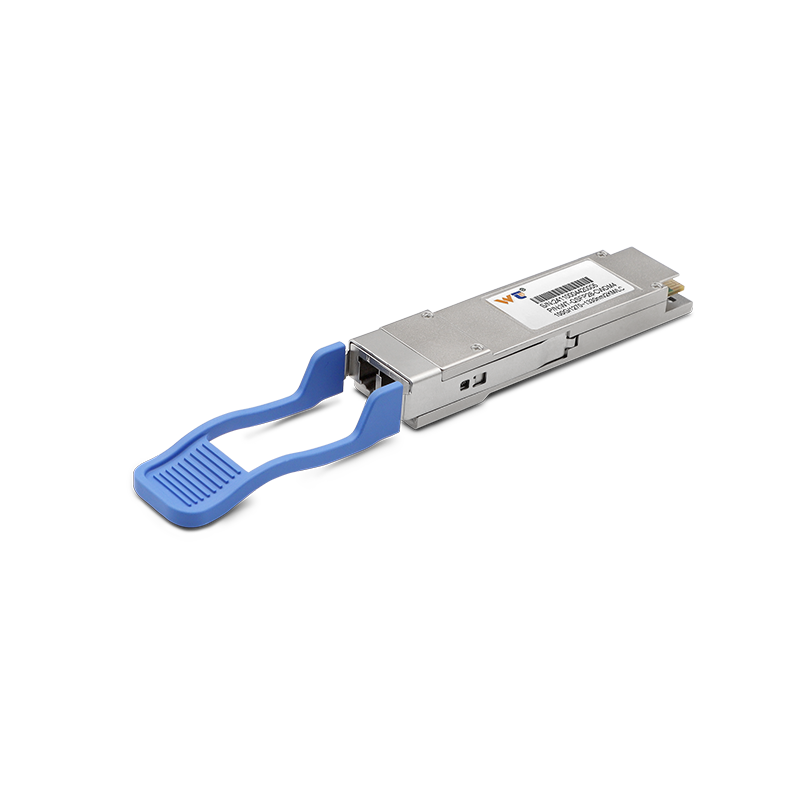The rapid evolution of optical communication technologies is reshaping various industries, particularly in rail transit systems. By 2025, the integration of smart operations and remote monitoring solutions with 100G optical modules is expected to transform how rail systems operate, substantially enhancing efficiency and safety in transportation networks. As urban populations grow, the demand for effective and intelligent transit solutions is critical, positioning optical modules at the forefront of this revolution.
Optical modules facilitate high-speed data transmission, enabling rail transit systems to adopt advanced control mechanisms seamlessly. Currently, the market is observing an increasing trend towards deploying high-capacity optical modules, including those ranging from 155Mbps to 1.6Tbps. This surge is primarily driven by the need for higher bandwidth solutions to support real-time data processing, remote monitoring, and communication between various system components. These modules ensure enhanced reliability and scalability, essential for the expanding requirements of modern urban transit solutions. With the advent of smart rail systems, the market is projected to experience significant growth, catalyzing the adoption of cutting-edge optical technologies.
| Technology Type | Description | Function |
|---|---|---|
| Gigabit Modules | Such as 1G and 10G | For standard data transmission over short distances |
| High-speed Modules | Including 25G, 40G, and 100G | Supporting high-capacity networks in urban settings |
| Ultra-High-speed | Modules like 400G, 800G, and 1.6T | Facilitating long-distance and high-speed communication |
Our 100G optical modules represent the backbone of innovative solutions in rail systems. These modules have been meticulously designed for applications such as real-time monitoring, data aggregation, and fault detection within rail infrastructure. By leveraging advanced technologies, these optical modules create robust communication pathways that allow for immediate diagnostics and operational adjustments. In practical applications, sensors can relay information about track conditions or vehicle statuses nearly instantaneously. This capability significantly reduces response times to potential failures, thereby enhancing safety and service reliability.
Optical modules are classified into several types based on their functionality and use cases. The Gigabit modules offer sufficient bandwidth for basic operations, while high-speed modules like 100G are becoming the standard for modern rail systems. The latter enables the support of complex systems necessary for smart transit operations, which may include automated signaling and real-time passenger information systems. Additionally, ultra-high-speed modules extend capabilities even further, making them suitable for large transport networks that require data to be relayed over significant distances without degradation.
As we look toward 2025, various case studies illustrate the impact of 100G optical modules in rail networking solutions. For example, projects focusing on the integration of smart technologies highlight how these modules streamline operations. In metropolitan rail networks, 100G systems have been implemented to facilitate seamless communication among trains, stations, and central control hubs. This interconnectivity enables real-time data sharing, thus enhancing operational efficiency and passenger experience.
Our website offers a diverse range of optical module products, all subjected to rigorous quality testing. This ensures outstanding performance across varied application scenarios. Whether for high-speed data transmission or long-distance communications, our optical modules are engineered to meet your specific needs. This high level of reliability is paramount for rail transit systems that depend on constant data flow to ensure safety, efficiency, and passenger satisfaction.
In conclusion, the incorporation of 100G optical modules will undoubtedly be transformative for rail transit systems by 2025. These modules not only improve the efficiency of communication but also facilitate smart operations and remote monitoring, ensuring that rail systems can adapt to the challenges of increased urbanization. By understanding the significance and application of these technologies, stakeholders can better prepare for a future where rail transit becomes more integrated and intuitive, ultimately leading to safer and more efficient transportation networks.






